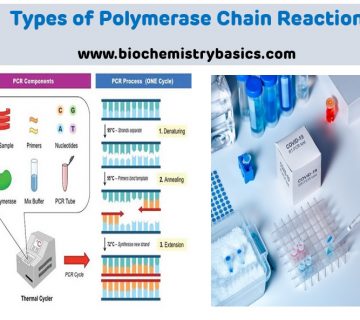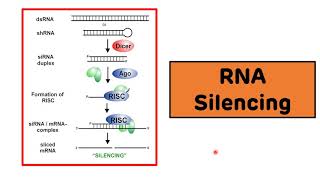Written By : Amitkumar V Maheshwari, Hardik N Javia, Bhavesh R Sadariya, Prashant M Jadav, Hariom Sharma and Nishant R Bhimani
INTRODUCTION
“Ischemic Heart Disease” is a condition in which there is an insufficient supply of blood and oxygen to a specific part of the myocardium; it typically occurs when there is an imbalance between myocardial oxygen supply and demand.1 In India, Coronary Artery Disease has increased more than 6 fold in the last 5 decades and reaches a prevalence of 10% among persons in the 35 to 65 years age group in last decade. Coronary Artery Disease is the most frequent cause of cardiovascular disease, and is expected to account for 40% of all deaths by 2020 and has become a global problem with the increasing prevalence of obesity, metabolic syndrome and diabetes.2 The incidence of Coronary Artery Disease has halved in the West in the last 30 years, it has doubled in India with no signs of a downslide in spite of a lower prevalence of conventional risk factors amongst Indians.3 Among the various risk factors, Type 2 Diabetes Mellitus (T2DM), has a distinctive association with Coronary Heart Disease. In addition of it,
certain other characteristic features which associated with T2DM like oxidative stress, enhanced atherogenecity of cholesterol particles, abnormal vascular reactivity, augmented haemostatic activation and renal dysfunction may confer excess risk of Coronary Heart Disease.4 An early assessment of Coronary Artery Disease using valuable predictors can delay the onset of disease and improve the quality of life.5 Initially the estimation of serum lipids like cholesterol and triglycerides were used to assess the risk of Coronary heart disease.8 However, the inconsistency in the correlation between serum lipid profile and Ischemic heart disease, led to the development of better indicators.




